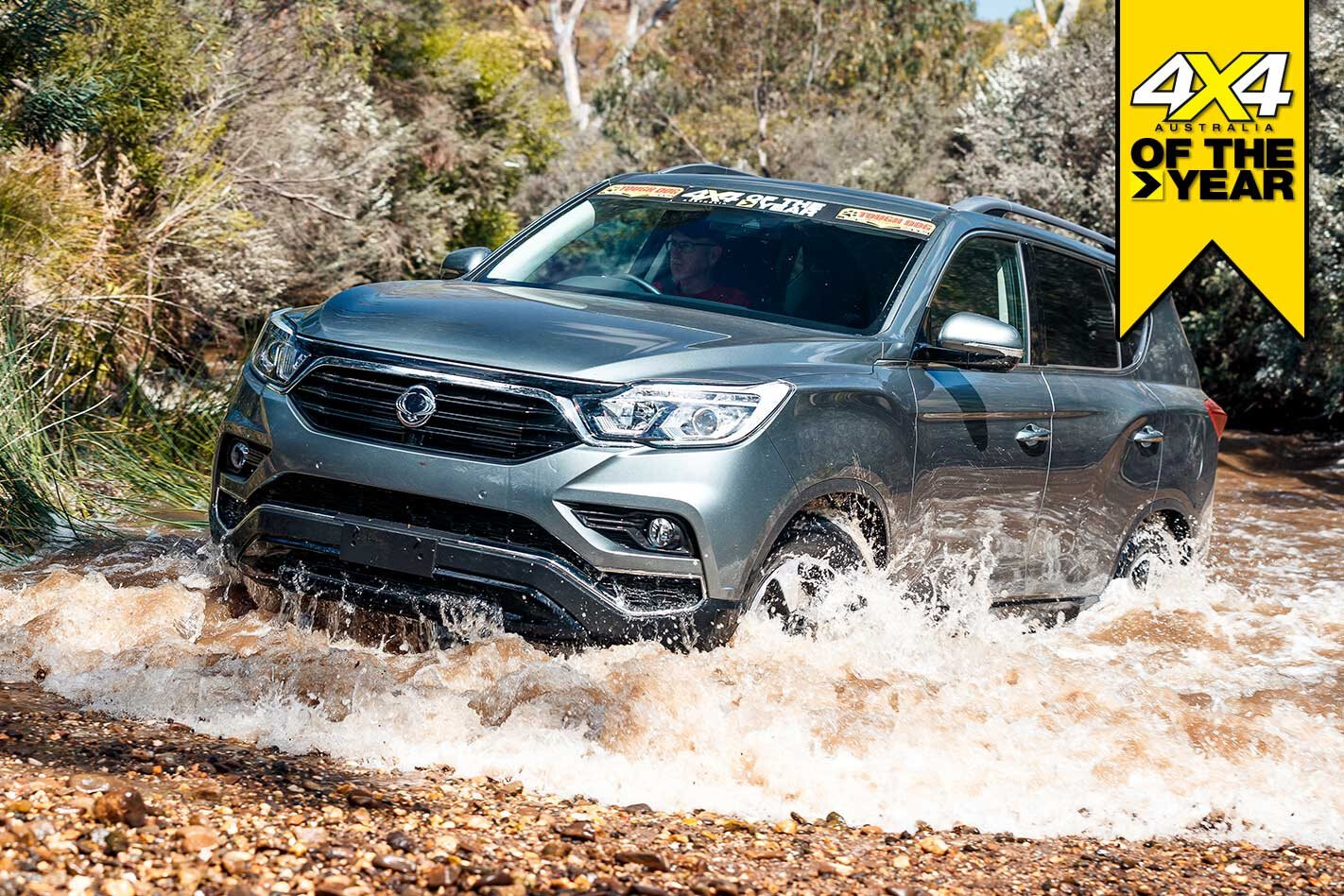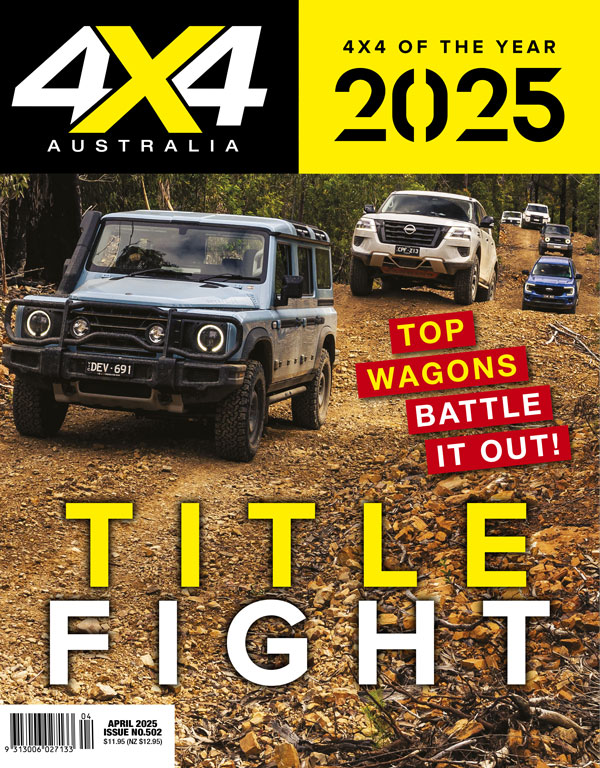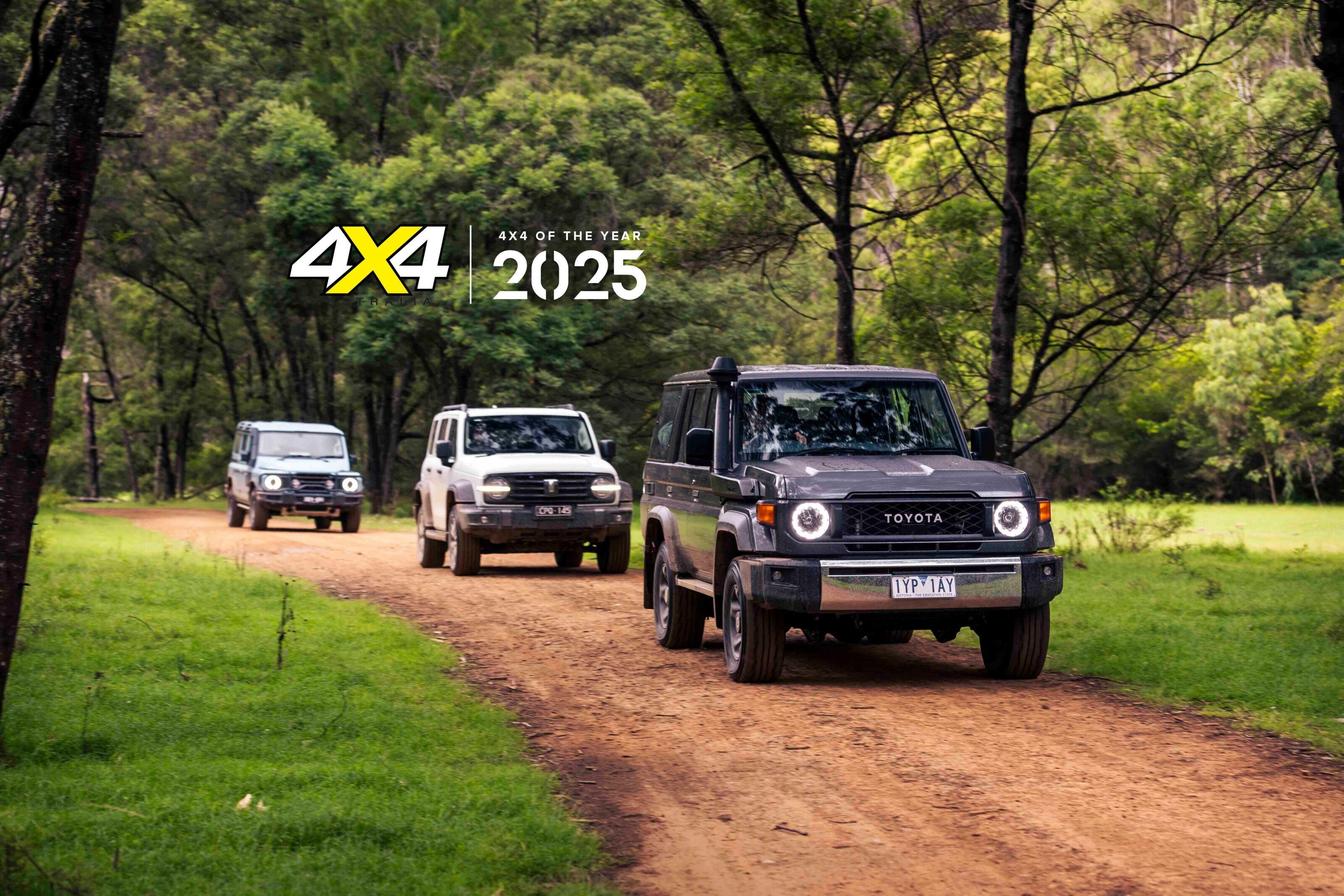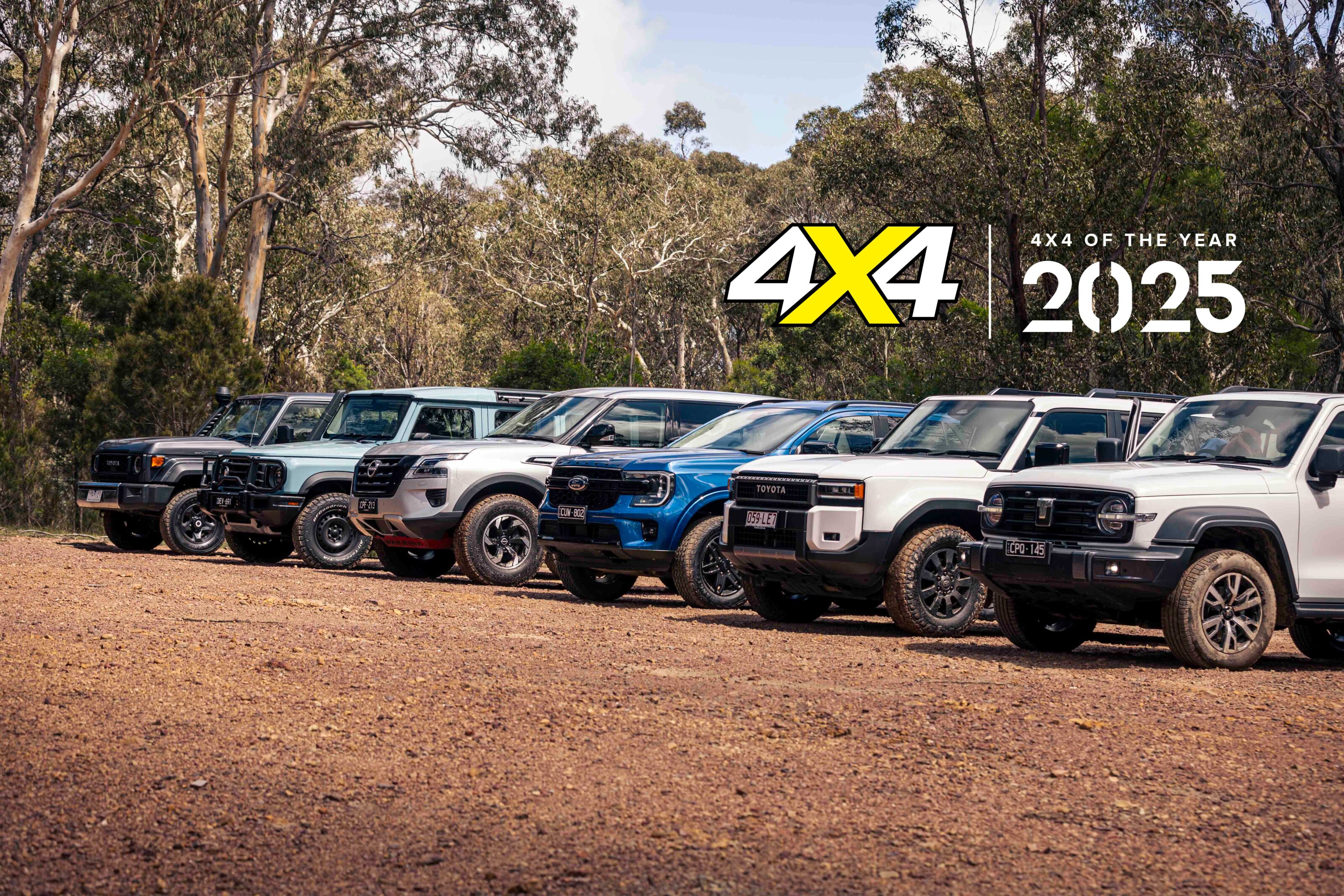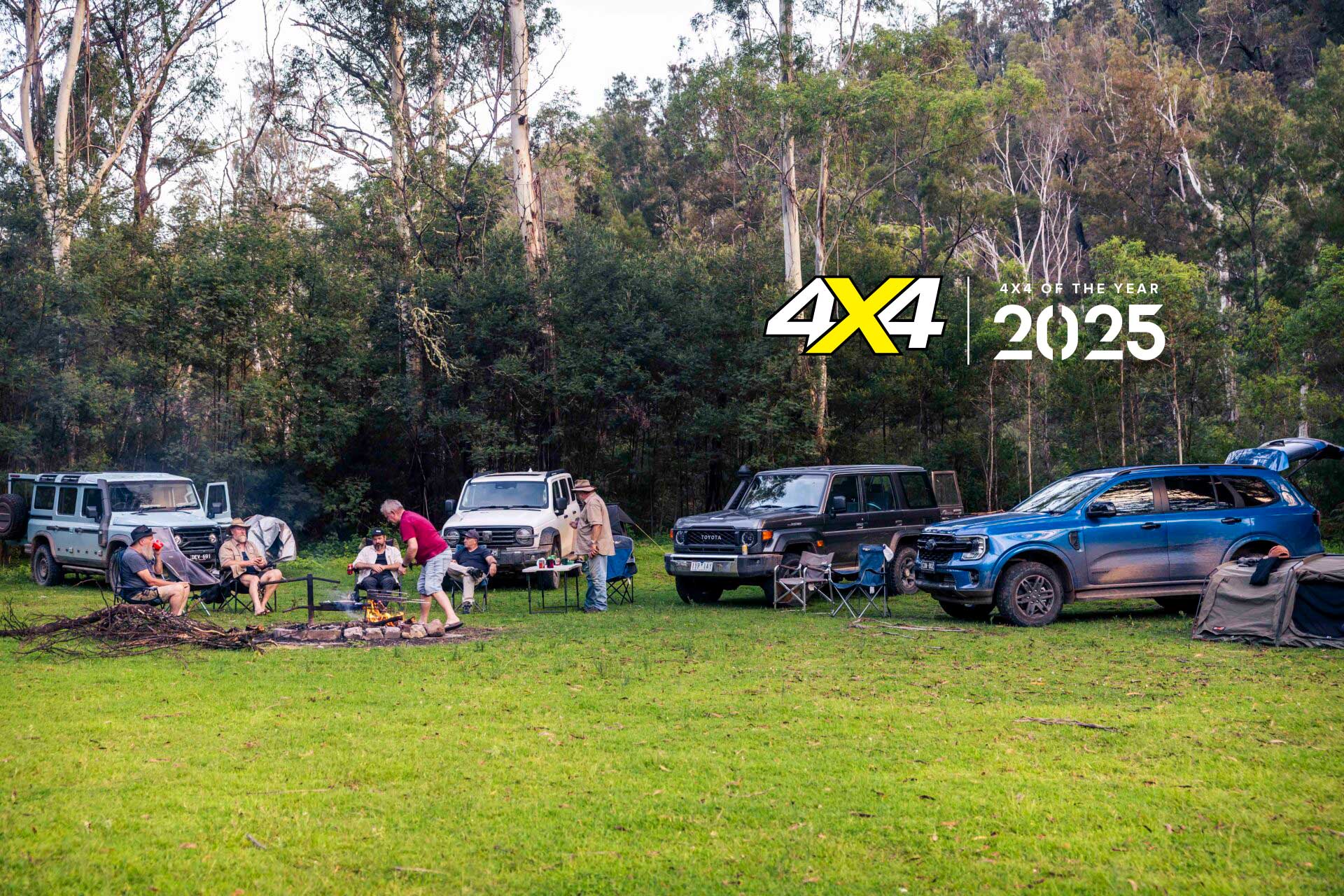South Korea’s SsangYong has had somewhat of a confusing history in Australia. It first appeared in 1996 when its Musso 4×4 wagon was sold via Mercedes-Benz dealers. That was off the back of a resource-sharing arrangement that SsangYong and Benz had initiated at the time.
Shortly after, SsangYong sales migrated to Daewoo dealers after the fellow South Korean automaker bought a controlling interest in SsangYong in 1997. After Daewoo went bust a few years later, SsangYong models were imported via third-party distributors until that ceased a few years back.

Thankfully, all that turmoil should be laid to rest as SsangYong has, as of 2018, set up a factory-owned and backed distributor here in Australia, which should bring stability to the brand and peace of mind for potential buyers.
The Rexton we have here is a brand-new design and the first of a number of models SsangYong will introduce in upcoming months. It was all-new in 2017 and shares little with the previous Rexton sold here.
Like Mahindra, SsangYong also has a strong 4×4 background via a Jeep connection, given it built Jeeps for the US Army in the 1960s and subsequently produced its own Jeep CJ lookalike.
The Rexton we tested is $46,990 drive-away, so the second least-expensive vehicle on the short list.
Touring
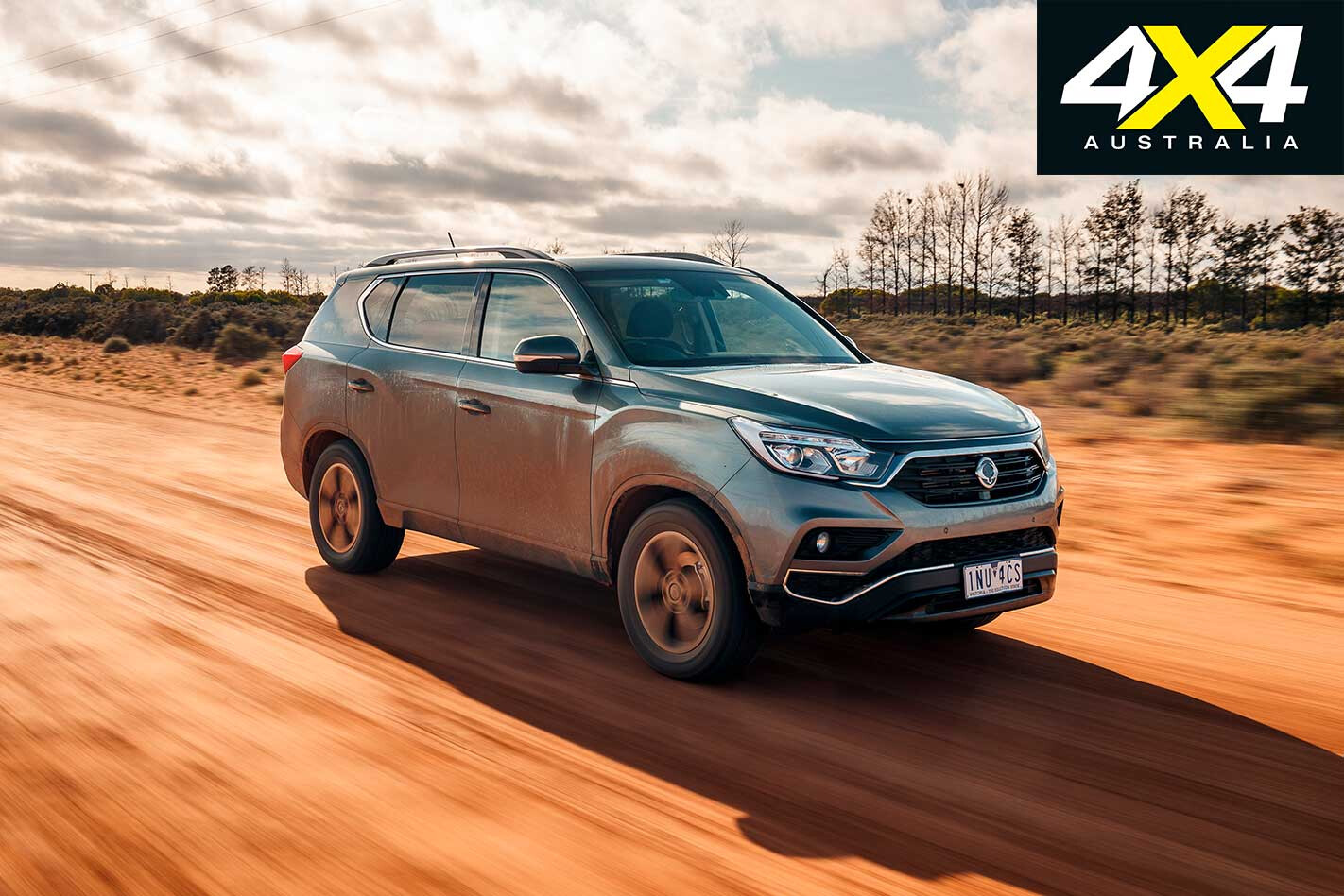
The Mercedes-Benz connection is still evident with the seven-speed auto that backs a recently designed SsangYong 2.2-litre diesel with impressive power (133kW) and torque (420Nm) for a small-capacity single-turbo diesel. It’s also Euro 6 compliant, so it’s ahead of the game in Australia in terms of emission requirements.
The engine and gearbox combine nicely for a notably quiet, refined and slick powertrain that produces more than reasonable highway performance despite the fact the Rexton is one of the heavier vehicles here.
The Rexton offers a mostly compliant, supple and car-like ride as it’s the only one here with independent rear suspension despite still having an old-school 4×4 separate chassis. At higher speeds on bumpy and rough roads it does, however, feel a little under-sprung and under-damped and it became a little ‘floaty’ at times, while the high-speed steering feel isn’t as precise as it could be.
Trail Driving
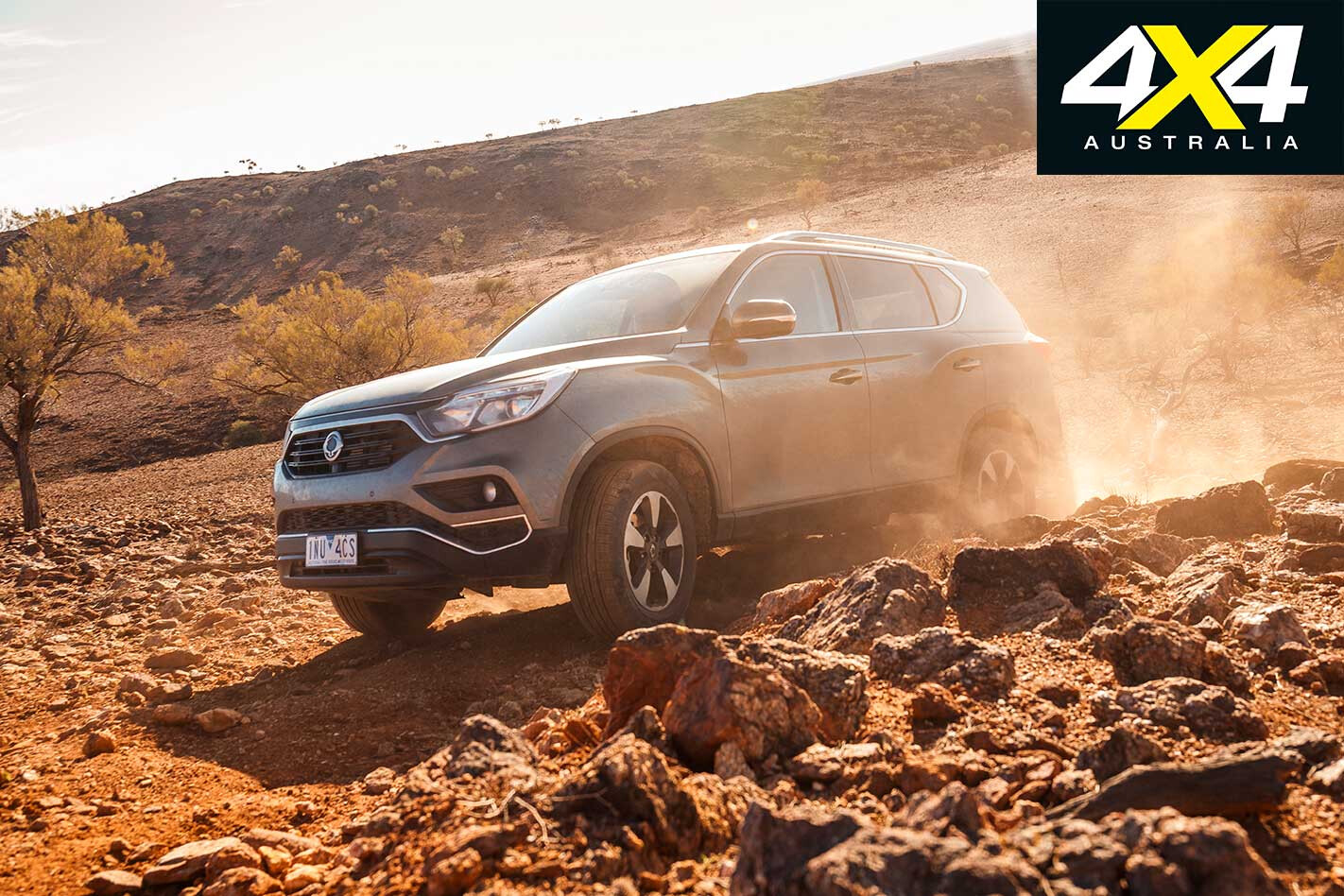
The Rexton is a modest performer on rough tracks, as it lacks suspension travel and the electronic traction control isn’t notably effective. What’s more, both ground clearance and over-bonnet vision aren’t great, which makes it harder to place the vehicle. It still went everywhere we wanted to take it, but it worked harder than any of the other shortlisted vehicles to do so when the tracks became steeper and gnarlier.
The Rexton has a part-time dual-range 4×4 system operated via a rotary dial on the centre console, while ‘manual’ control of the gearbox can be had via a somewhat awkward rocker switch on the side of the shifter.
Set-Piece Hill Climb
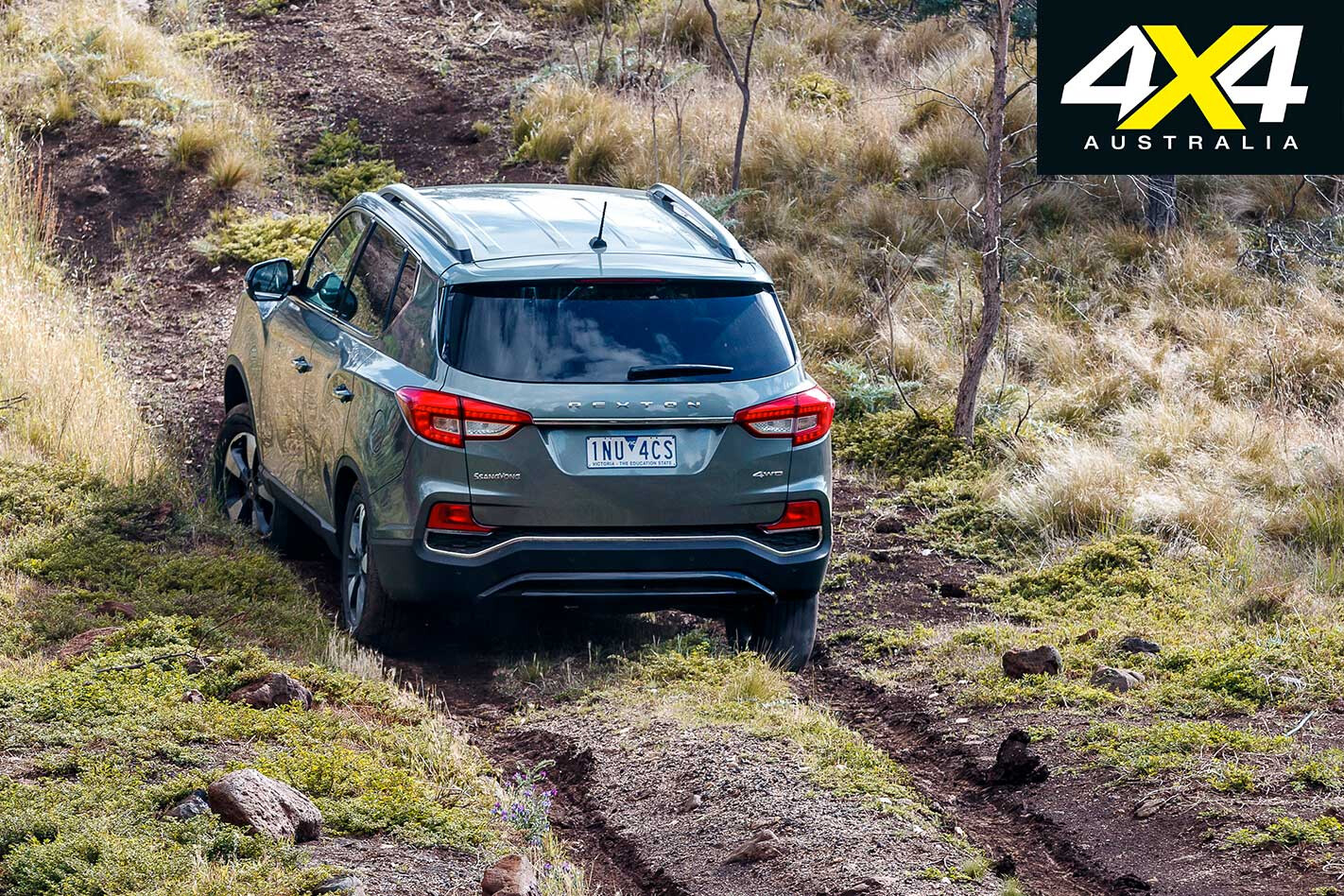
Given its modest performance on the trails it’s no surprise the Rexton was the only one that couldn’t make it up our set-piece climb. In fact, it couldn’t even scale the initial part of the climb which is far less steep and less rutted than the mid and top sections. There’s simply not a lot of wheel travel, and the electronic traction control, perhaps tuned more for on-road rather than off-road use, isn’t clever enough to make good the shortfall.
Cabin, Equipment and Safety
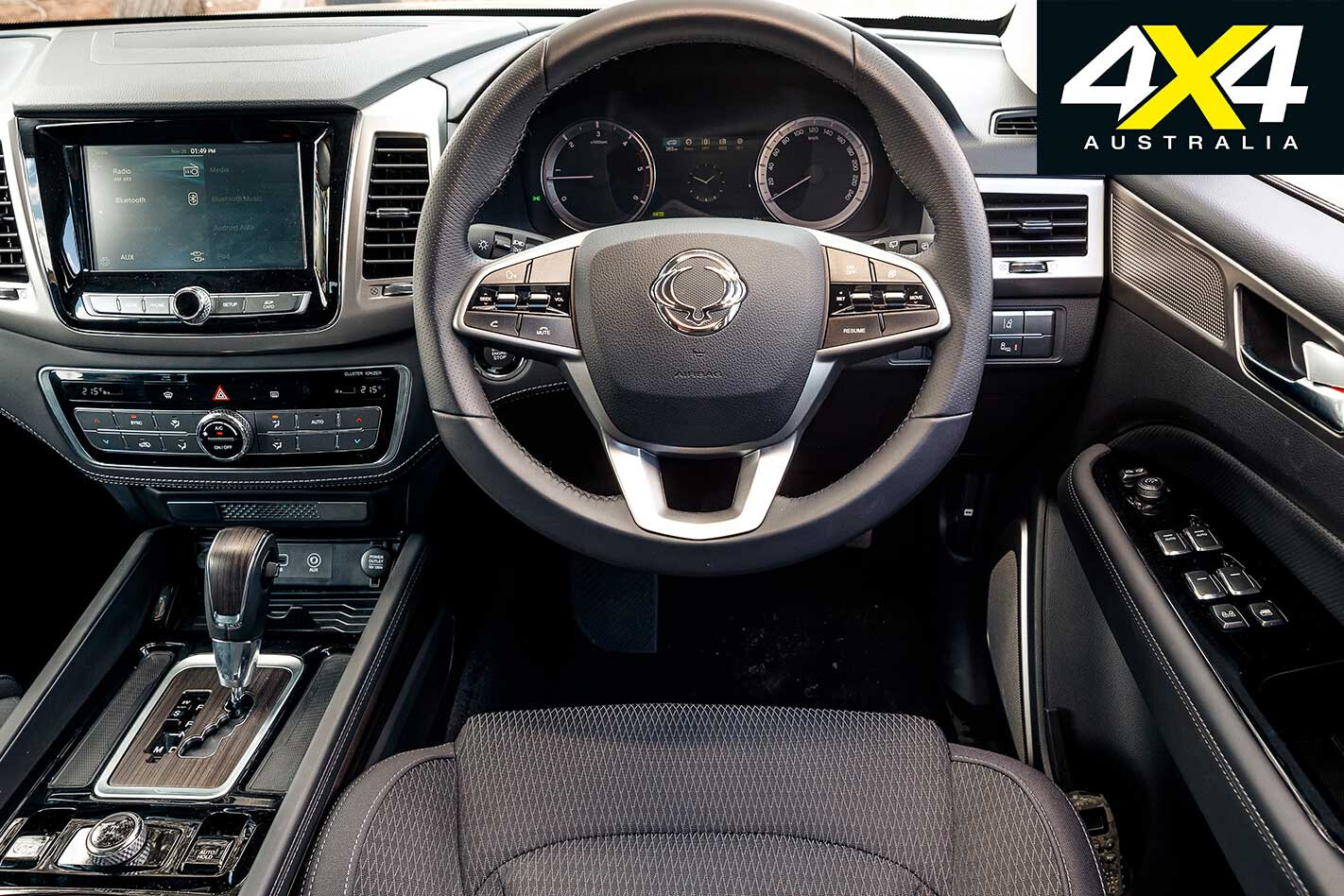
Our test Rexton, an ELX, sits in the middle of a three-model range. The less expensive EX model has a petrol engine, while the top-spec Ultimate is mechanically the same as the ELX, just with more fruit.
The ELX is well-loaded for kit (especially at the price) and comes with third-row seating, autonomous braking, nine airbags, heated and cooled front seats with electric adjust, heated rear seats, tyre pressure monitoring, lane-departure, blind spot warning and rear cross-traffic alert, an eight-inch touchscreen, and smartphone connectivity via the popular apps, among a long list of standard features.
The cabin’s fit and finish is excellent, too; although, it’s busy and somewhat garish. The driver has tilt-and-reach steering wheel adjustment, but the seat is a bit flat and hard and didn’t find favour with many of our testers. Some switchgear and minor controls are also confusing and take a little while to get used to.
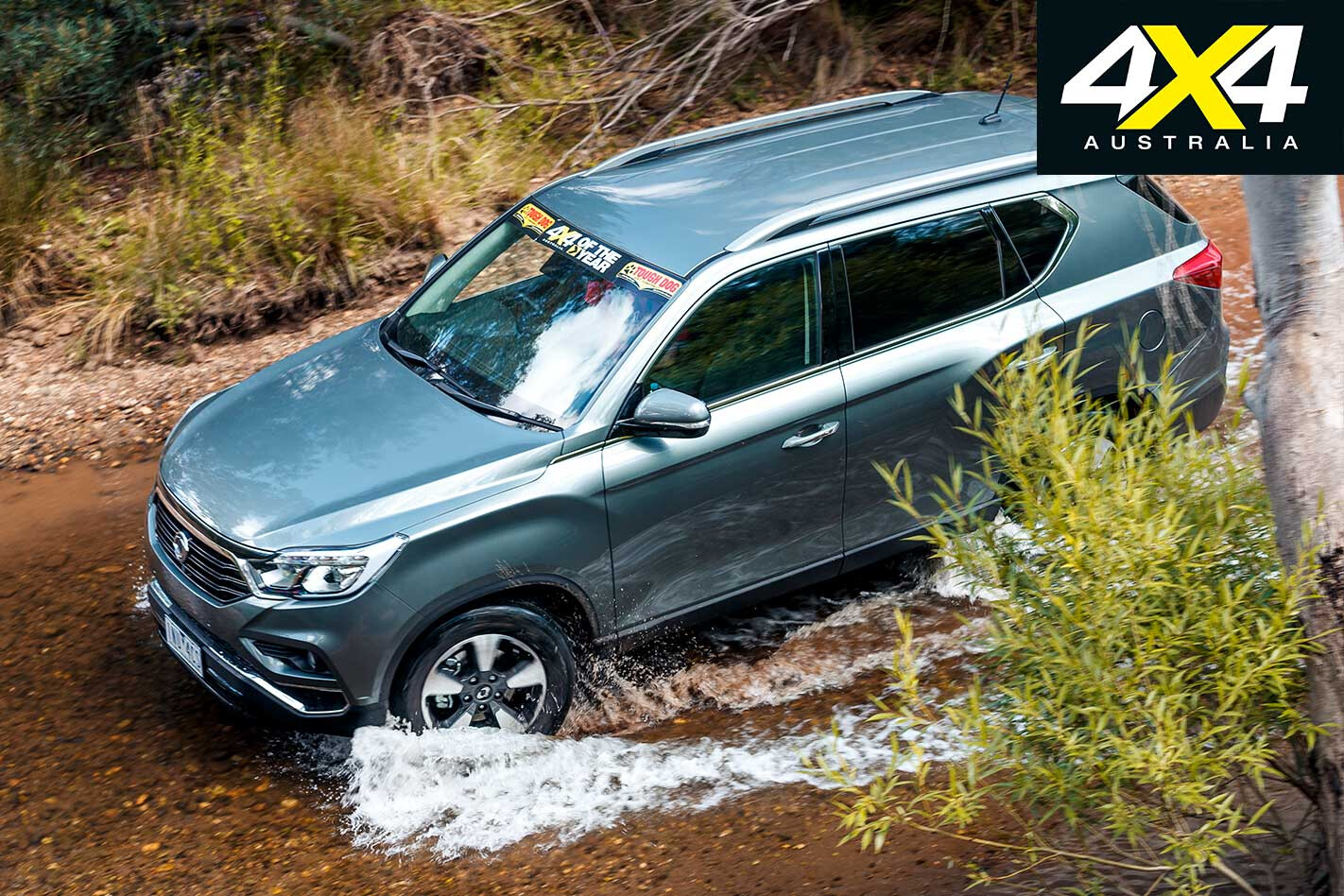
There’s a good back seat, however, with plenty of room for tall adults sitting behind a tall driver or front passenger. Not so good is the second-row middle seat (children only) or the third-row seat, which, while wide enough, badly lacks leg- and foot-room.
The Rexton hasn’t been ANCAP tested at this stage but has received a five-star rating in the equivalent Korean crash test.
Practicalities
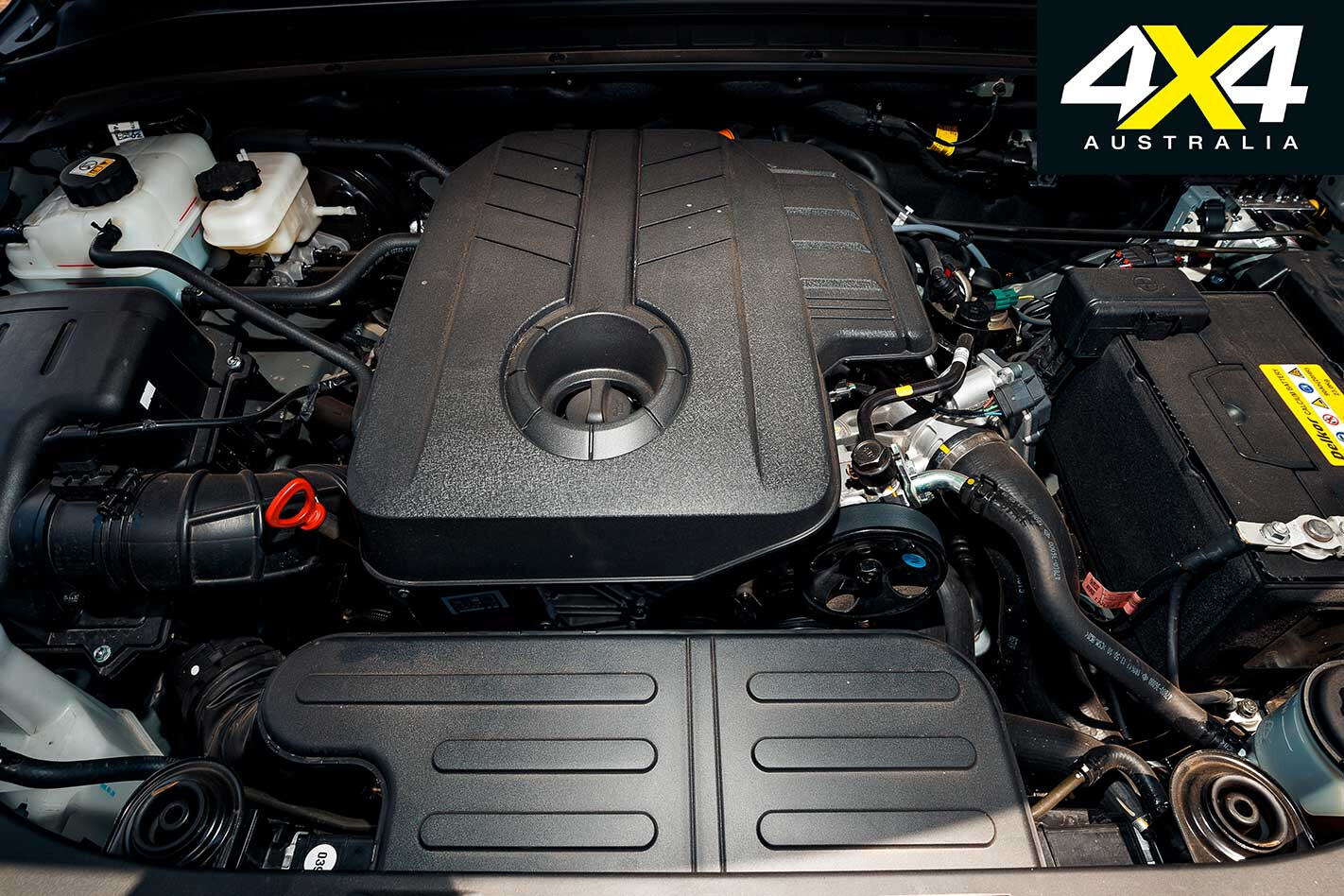
The Rexton is rated to tow 3500kg, and its 727kg payload rating is a little better than most. However, the 70-litre fuel tank and average fuel efficiency means touring range could be better.
The Rexton draws its intake air from under the bonnet lip, so care needs to be taken with deeper water crossings. No heavy-duty recovery points, either, only tie downs; although, the standard 18-inch wheel carries a decent-sized tyre in the form of 255/60s, which means going one size up to 265/60s opens up a wider choice of all-terrain rubber. Don’t expect too much support from the 4×4 aftermarket, unless Rexton sales take off.
Summary
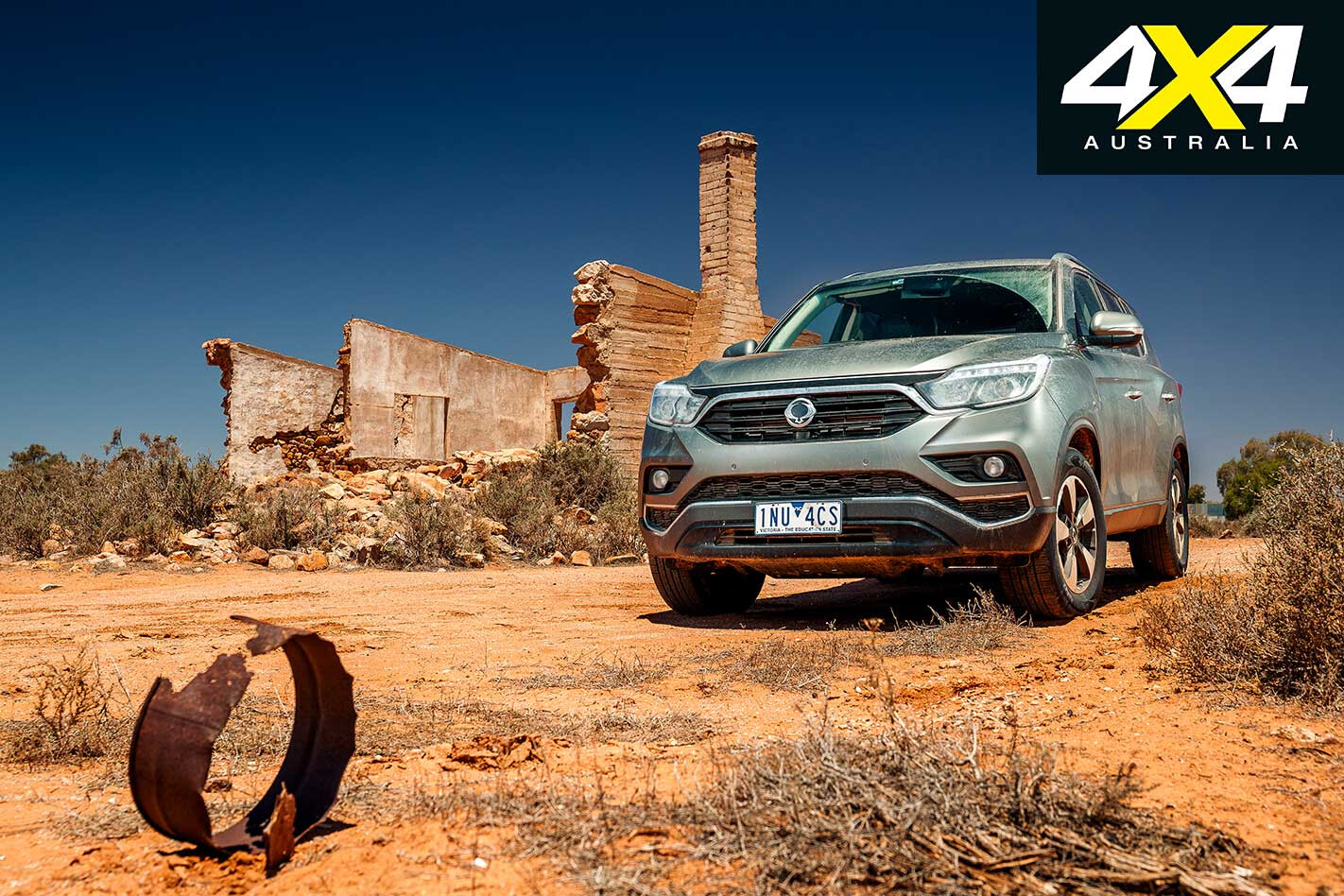
The Rexton appeals as a modern, convincing, well-built 4×4 family wagon that’s packed with equipment given the very reasonable $46,990 drive-away price. It generally drives very well on the road and is useful in moderate off-road conditions, but it’s less happy when off-road conditions become more difficult.
2019 SSANGYONG REXTON ELX SPECS: Engine: 2.2-litre 4-cyl turbo-diesel Max power: 133kW at 4000rpm Max torque: 420Nm at 1400-2800rpm Transmission: 7-speed automatic 4×4 system: Dual-range part-time Kerb weight: 2233kg GVM: 2960kg Payload: 727kg Towing capacity: 3500kg GCM: 5960kg Tyres: 255/60R18 108H Fuel tank capacity: 70L ADR fuel consumption claim: 8.3L/100km On-test fuel consumption: 10.1L/100km Base price: $46,990 (drive-away) As tested: $46,990 (drive-away)

